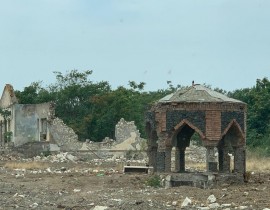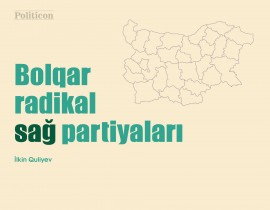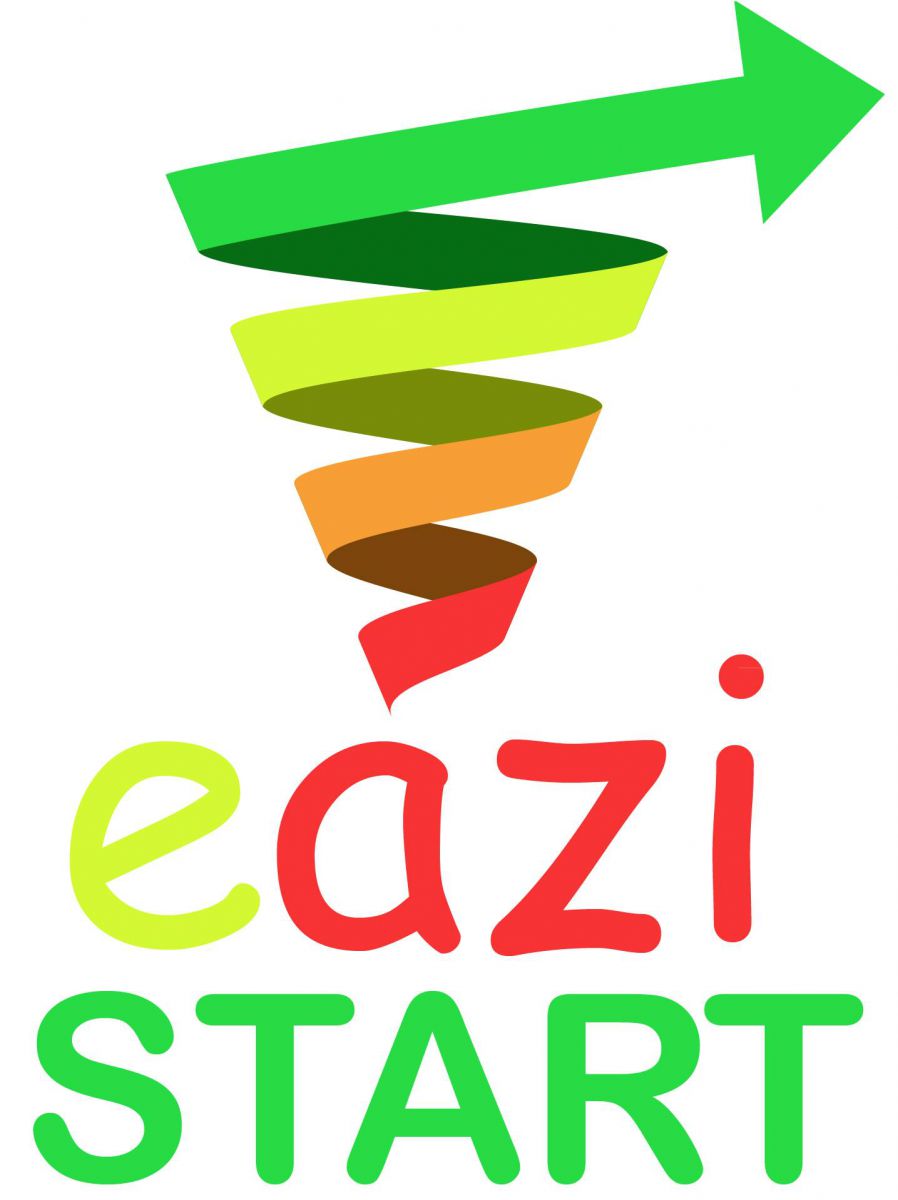Politicon.co
Vietnam as an Upcoming Production Hub and Vietnam Economy
The Communist Party of Vietnam officially launched an economic renovation policy (often known as Doi Moi) in December 1986 at its Sixth Party Congress. Doi Moi introduced a variety of market-oriented policies aimed at reviving the moribund economy, including unleashing privately-owned enterprises to commodity production; opening the market for foreign direct investment (FDI) from non-socialist countries; creating a stock exchange for both state-owned and non-state-owned enterprises, etc. (CPV 2017). The adoption of Doi Moi is also considered as a decisive turn in Vietnam’s foreign policy, i.e. changing from ideology-based foreign policymaking to a more pragmatic approach (Le 2018: 10).
After more than 30 years of reform, Vietnam has recorded remarkably high growth rates, making it ascend to the rank of lower-middle-income economies. According to the Vietnam General Statistics Office (GSO), the country’s Gross Domestic Product (GDP) growth reached 7.08% in 2019, which was the highest during the last 11 years, and ranked the highest in the Southeast Asia region, with inflation rate stable at 4%. The GDP was worth US$261.92 billion in 2019 (ranked 44th in the world), while the GDP per capita reached over US$2,700 in 2019 (ranked 130th in the world) (GSO 2019).
Notably, Vietnamese GDP per capita increased 2.7 times between 2002 and 2018, according to the World Bank (WB) statistics (WB 2020a). During the last few years, the number of Vietnam’s middle-income class has been emerging quickly. According to Vietnam’s official statistics, the middle class may account for more than 15% of the population and is expected to reach 20% to 25% in the next few years (Zing 2020); while the WB estimated that the middle class only accounts for 13% of the population, and is expected to rise to 26% by 2026 (WB 2020a). This emerging group of the middle class is assumed to have a formidable consumption power. At the same time, the poverty rates have dramatically declined from over 70% to below 6%, lifting more than 45 million Vietnamese people out of poverty (WB 2020a).
Download the full paper from here
Turkish version of this article has been published in 'Ankara University Vietnam Studies in Turkey' book in August 2021.
![]()
- TOPICS :
- Economy
- REGIONS :
- East Asia and Pacific





png-1748065971.png)



jpg-1599133320.jpg)

